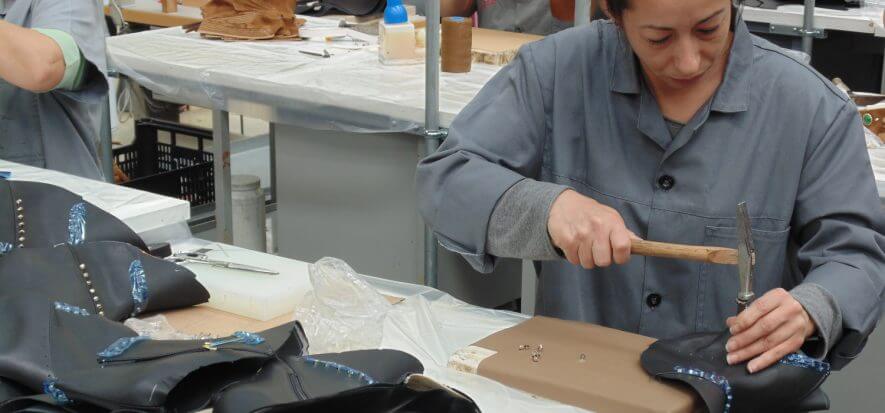The number of requests to use redundancy funds from Tuscan companies of the fashion segment is increasing. This peak is just the last alarm being sound by a system that, especially when it comes to third-party manufacturers, feels “the whiplash effect of the fashion industry”, as written by McKinsey. The slowdown of business for large fashion brands is having a negative impact on suppliers, as they become unable to manage the blow: we are talking about SMBs receiving less orders and thus being impacted much more than large international groups.
These hours approved by Italy’s social security entity (INPS) for the fashion system from January to November 2023 show the problem: 3.4 million hours for the textile, clothing, handbags and footwear manufacturers and tanneries. The amount compares to the 3.3 million hours authorized in the full year of 2022 (2.9 million on a comparable 11-months basis). Nearly half a million more.
Peak use of the redundancy fund
INPS approved 313,164 hours of redundancy fund in November, for the segments making leather, handbags and shoes. In October the amount was 310,321 and in January just 179,094: the growth trend is clear. During the month of December 2023, “the number further increased – explained Alessandro Picchioni of Filctem CGIL Firenze to Repubblica Firenze – as expected. We don’t forecast any improvements for the start of 2024, and we are unable to assess when it will end”.
The reasons behind so many companies in the aforementioned segment asking to use the redundancy fund are many. “We are dealing with non-essential consumer goods, and they suffer from accelerations and decelerations. It’s not the same as in other industries”, commented Picchioni.
International unbalances weigh on districts
The factors behind the growing challenges the fashion industry is facing also include difficulties in sourcing raw materials and the skyrocketing prices of certain components, such as metal ones. Some protests had already emerged in October in Scandicci against the growing price of palladium for the galvanization processes, as it comes from Russia at currently 5 times the normal amount. The largest impact is on manufacturing districts and third-party manufacturers.
The exports from the textile district of Prato during the 3rd quarter 2023, according to Confindustria Toscana Nord, is down by 14.6% compared to the same period of 2022 (a year during which it increased 20.3% from 2021). In Scandicci as well flatter international markets are putting pressure on SMBs and artisans.
Promises not kept by luxury brands
“We started struggling at the end of 2022 – said the president of CNA Scandicci-Lastra, Simone Balducci, to Repubblica Firenze –. Managers of large luxury brands promised to double revenue for third-party manufacturers and suppliers, but production was already slowing. Last December brands cut orders for 2024, and the region isn’t working as it should when it comes to making investments to diversify”.
Associations and unions demand a meeting with the Region to set up social security initiatives capable of supporting struggling companies and protect artisanal entities, which is currently likely to be the most fragile. “The consequence is the heavy use of the redundancy fund, which will probably not slow unless a strong change in direction takes place”, continues Balducci, who hopes local government will intervene.
Photo from archive
Read also:











